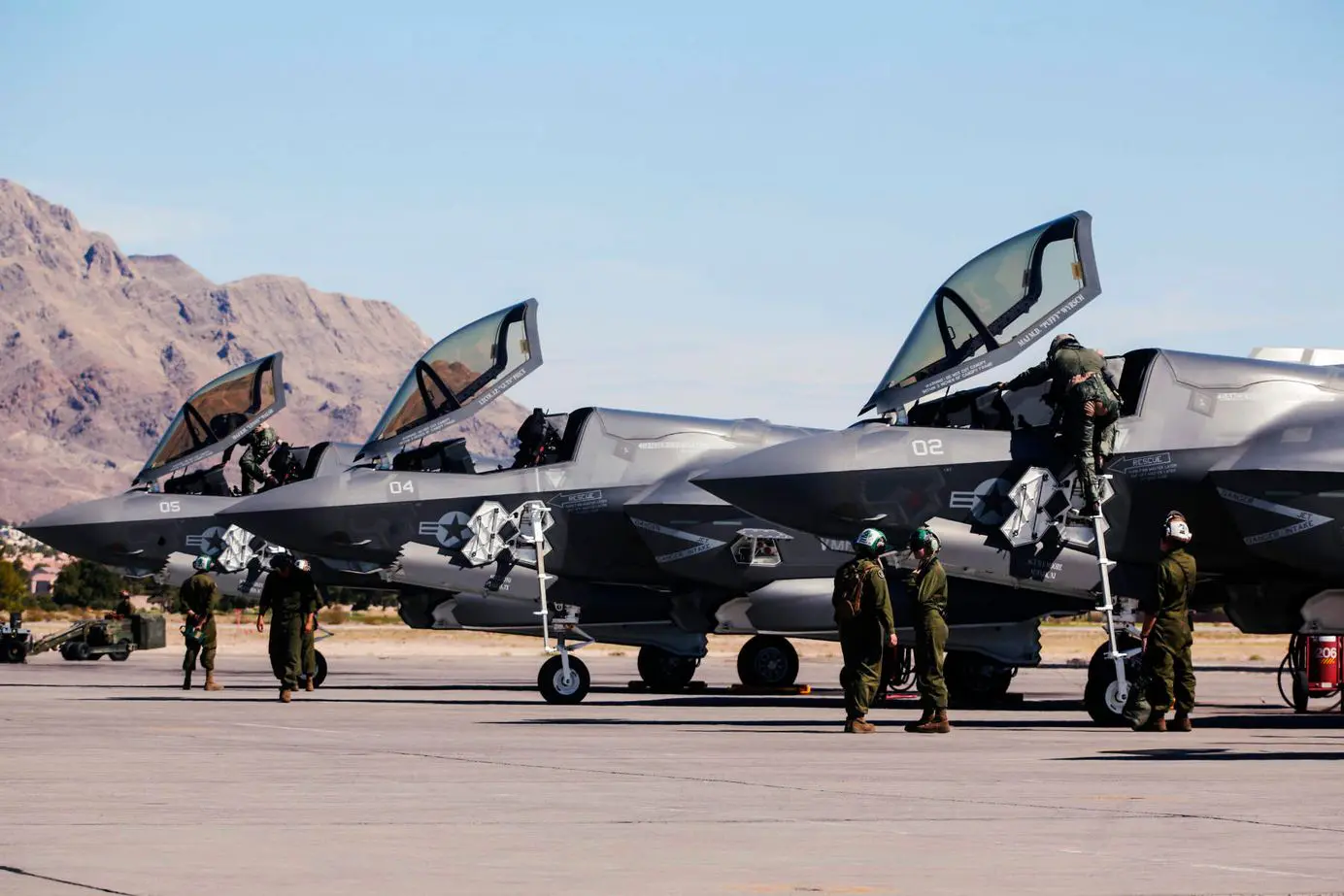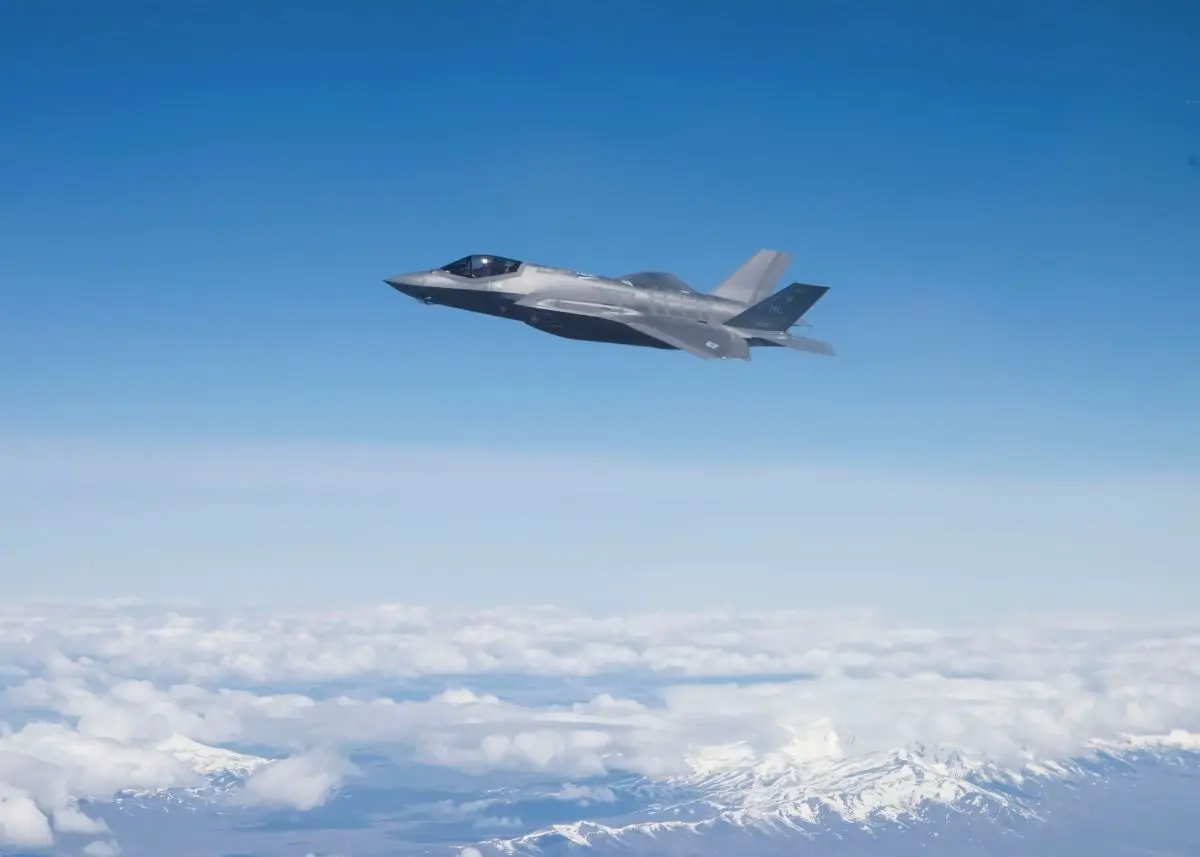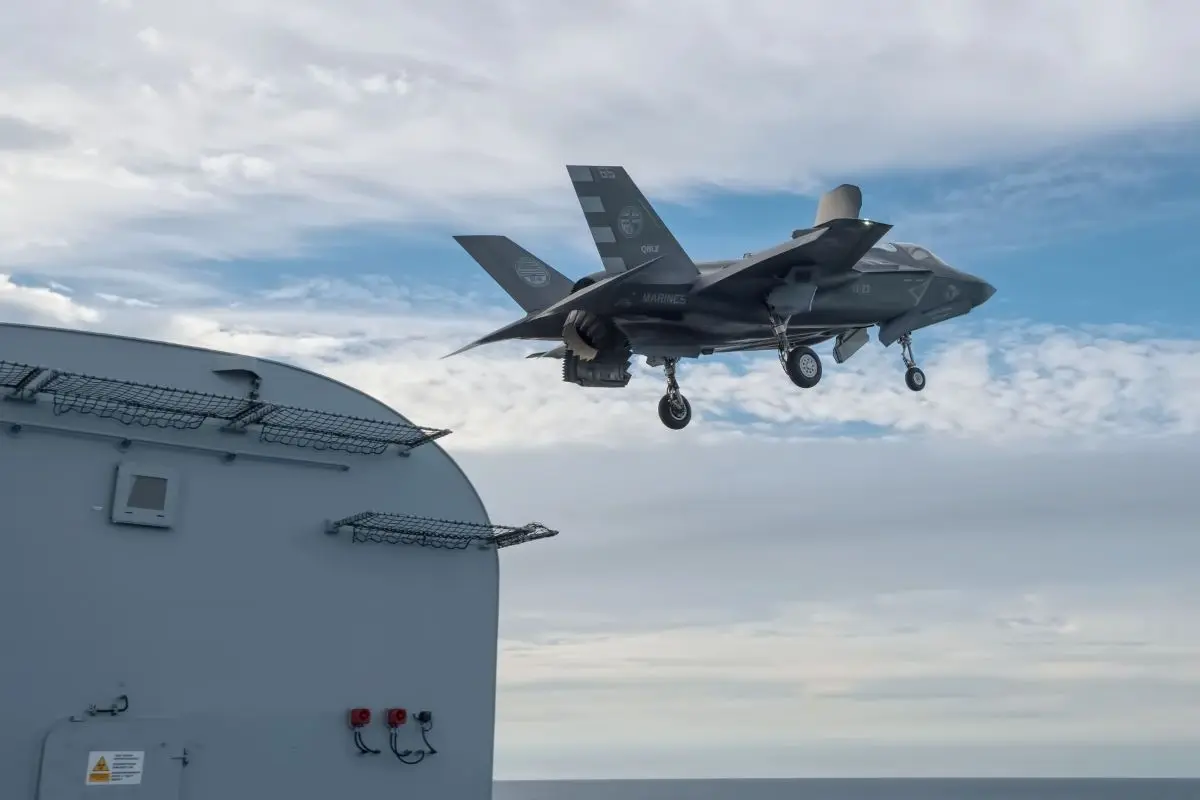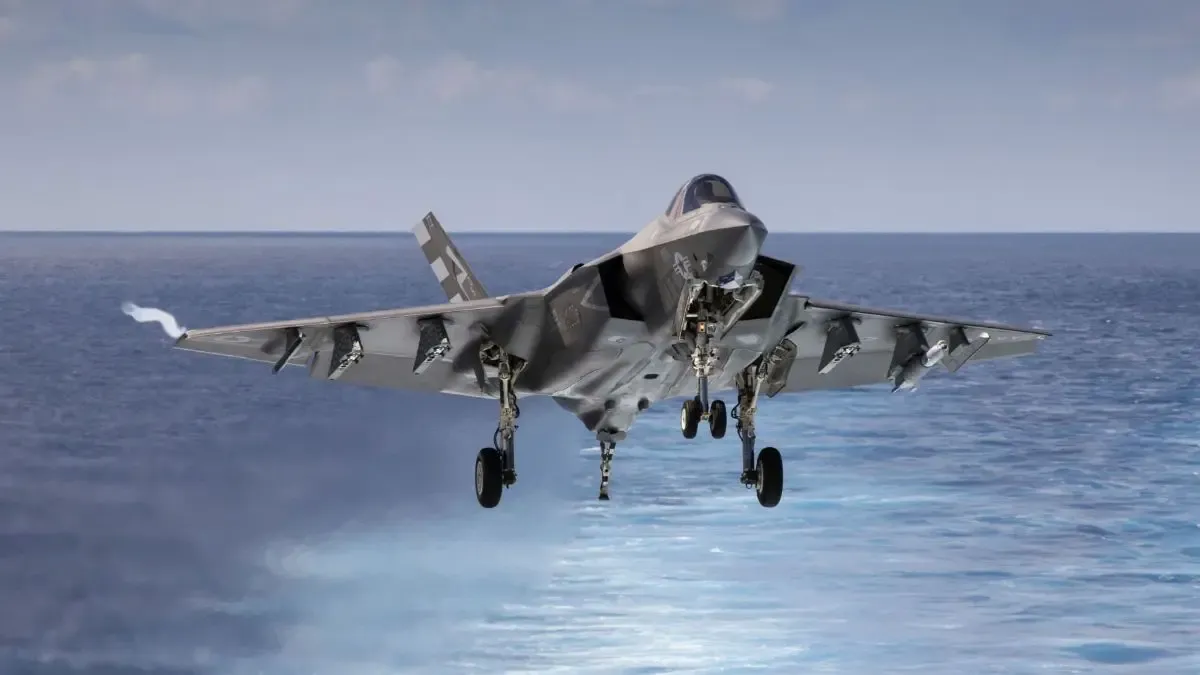
Why Are There Three Variants of the F-35 Lightning II?
The Lockheed Martin F-35 comes in three versions. But why? We take a deeper look.
Table of Contents
Consider this:
A fighter aircraft that is stealthy, can fly supersonic, has capabilities for vertical takeoff and landings, and is designed for both air-to-air, air-to-ground, electronic warfare, intelligence, surveillance and reconnaissance missions.
Not so many years ago, experts would have claimed that to be impossible and a thing of the distant future.
But yet here we are. The Lockheed Martin F-35 Lightning II is real and it is flying today.
The F-35 is a multirole single-engine, stealth combat fighter aircraft. It is the product of the most expensive weapons program in history. During its projected 60 year lifetime, the program is expected to cross the $1 trillion mark. And it is not only a United States project. Eight other countries have invested heavily into the F-35's development.
But the Lockheed Martin F-35 Lightning II is actually not a single aircraft. The F-35 family consists of three main F-35 variants. Each one developed for a different military application.
So why is there three variants of the same plane? We take a look at the explanation and a look at each of the F-35 variants.
The advanced all-purpose F-35 Lightning II
The three F-35 variants brings advanced situational awareness, combat information sharing and stealth technology to airforces around the world.
The F-35 family's core focus is low radar observability and advanced sensory systems that enables a high degree of combat situational awareness. All variants also features the same afterburner-equipped Pratt & Whitney F135 engine, stealth technology and a single seat.
There are three versions of the jet and Lockheed Martin calls the three variants the F-35A, F-35B and F-35C. Each F-35 variant is special in its own way but what is the difference between the A, B and C models?
Why Three F-35 variants?
The short answer: They are designed for individual basing needs and deployment methods.
Although all three variants share many of the same features, and perform similarly, the main difference is their way of getting in the air and landing again.
Especially the F-35B and F-35C are unique in this matter. We take a closer look below.
The F-35A Variant - Conventional takeoff and landing (CTOL)
For takeoff and landing on a regular runway, like a passenger aircraft, the F-35A variant is the choice to go with. This version needs a "standard" runway and takes off and lands in a conventional way.
Also dubbed the CTOL variant (Conventional Takeoff and Landing), the F-35A is intended for the United States Air Force and the majority of other nation's air defence needs.
Because of that, and the fact that it is the cheapest model, the F-35A will be the most common of the three variants.

It is also the only variant equipped with an internal cannon. While a cannon might seem as an old-fashioned choice of equipment to bring on a modern multirole stealth fighter, a cannon has proven to be invaluable on even modern jet fighters.
Moreover the F-35A variant is the lightest and smallest version and it is capable of 9 g which is the highest of the three variants.
The F-35A was introduced in 2016 with the United States Air Force. The United States alone plans to buy 1.763 F-35A's in total.
The F-35B Variant - Short take-off and vertical landing (STOVL)
Arguably the most unique of the variants, the F-35B is designed to operate from shorter runways and air-capable ships.
That means that it can take off from very short runways and land vertically with no runway required. If the aircraft payload weight allows it, the F-35B is also able to takeoff vertically.

Because of the size requirements for a propulsion system that enables vertical landing, the F-35B weighs more than the A and C variants. The overall size of the aircraft however, is similar to the F-35A so the B variant sacrifices fuel capacity to make room for the Rolls-Royce-built LiftSystem.
The reduced fuel capacity means less range and the LiftSystem also adds extra weight and takes up space used for weapons. But since the F-35B can operate from air-capable ships closer to the front lines, it might not need the range of the A and C models, making it an acceptable trade-off.
The US plans to buy 353 F-35B aircraft for the Marine Corps. The F-35B was the first variant to be introduced as it entered service in 2015 with the USMC.
The F-35C Variant - The aircraft carrier variant (CV)
The aircraft carrier variant, the F-35C, is designed to take off and land from runways on aircraft carrier ships.
It is the first stealth fighter for the US Navy and the world's only fifth generation stealth fighter designed for aircraft carriers.
The main difference to the A and B models are the larger wings and control surfaces. These work better for lower speeds that is required on carrier operations. In addition, the wingtips can fold to better fit the F-35C for storage on carriers. Because of the larger wings, the F-35C variant can carry more fuel. But the added weight equals out and gives it the same range as the A model.

A more sturdy landing gear takes care of the stresses that are associated with catapult takeoff and landing procedures on aircraft carriers.
The 2019 introduction makes the F-35C the latest variant to enter service. The United States is planning a total purchase of 340 F-35C aircraft.
A fourth variant?
The three main variants of the F-35 jet fighter are developed for individual military needs.
But a fourth version actually exists.
Locally named, the F-35I is a special version of the F-35A adapted specifically for the Israeli Air Force and features some unique Israeli modifications.
The main difference from the F-35A variant is the integration of Israel's own electronic warfare systems. For example, a system is installed that collects data from the aircraft's sensors. It pushes the data to other military units but does not interact with the F-35's computer system further.
Israeli-designed weapons will also be carried on the F-35I.
Conclusion
A key part of the F-35 program is to satisfy every need the military has of a modern all-purpose jet fighter. The F-35 family does this by offering three variants.
For conventional runways, the F-35A performs great while also being the cheapest of the variants.
The one-of-a-kind F-35B can land vertically, and only needs a short runway for takeoff. It is ideal for air-capable ships, although the smaller fuel capacity limits range.
Finally, the F-35C variant for aircraft carriers. It offers stealth technology, advanced electronic warfare systems and weapons while still providing a very capable combat range.
The Lockheed Martin F-35 Lightning II is a versatile jet fighter, designed for the future and the three variants will play a lead role of the air, ground and sea operations for years to come.
| F-35A | F-35B | F-35C | |
| Wingspan | 10.7 m (35 ft) | 10.7 m (35 ft) | 13.1 m (43 ft) |
| Wing Area | 42.74 m2 (460 sq ft) | 42.74 m2 (460 sq ft) | 62.06 m2 (668 sq ft) |
| Empty Weight | 13.154 kg (28.999 lb) | 14.729 kg (32.472 lb) | 15.686 kg (34.581 lb) |
| Internal Fuel | 8.278 kg (18.250 lb) | 6.123 kg (13.500 lb) | 8.958 kg (19.750 lb) |
| Weapons Payload | 8.160 kg (18.000 lb) | 6.800 kg (15.000 lb) | 8.160 kg (18.000 lb) |
| Combat Radius (Internal) | 1.239 km (669 nmi) | 935 km (505 nmi) | 1.241 km (670 nmi) |
| Maximum G | +9.0 | +7.0 | +7.5 |
Planenerd Newsletter
Join the newsletter to receive the latest updates in your inbox.






